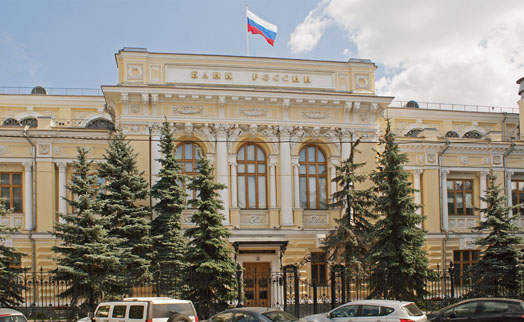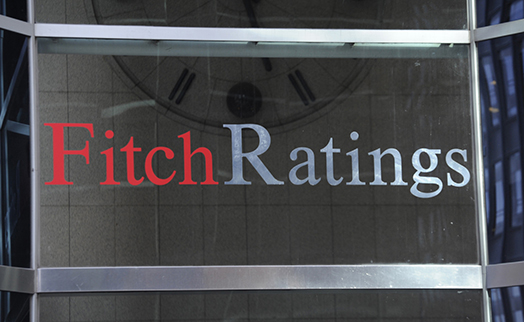21.12.2015 16:24

YEREVAN, December 21. /ARKA/. China is one of Armenia’s most important investment partners, Thies Clemenz, Chief Executive Officer, HSBC Armenia, says in a study entitled ' Business Opportunities with “New Normal” China: Prospects for Armenia.'
'After decades of supercharged growth, China’s economy is now growing at a more moderate pace. But given its sheer size, with even less-than-rapid growth the world’s second-largest economy continues to be one of Armenia’s most important investment partners. China’s economic transformation over the past 35 years has been rapid, far-reaching and multi-faceted,' Mr. Clemenz says.
According to ther study, in 1978, the year before Beijing began to reform and open up the Chinese economy, the country was home to 22% of the world’s population, but was responsible for just 5% of the world’s economic output. By 2014, its share of the global population had slipped to 19%, but its share of global GDP had soared to 13%.
Over the same time, millions in China have left their farms for jobs in the city. While agriculture’s share of the economy has fallen from around 30% to less than 7%, that of services has doubled to nearly 50%.
Many of China’s 1.36 billion citizens have become wealthier as a result. As recently as 2000, only 4% of China’s urban households were considered middle class. By 2012, that share had soared to 68%.
GDP per capita in mainland China now stands at about US$7,600. By 2014, China had about 4 million millionaire households, behind only the US, which had 7 million.
These changes have brought tremendous opportunities for foreign businesses and are an example of how opening up to global trade and investment can boost a country’s economy in a relatively short period of time in history.
Economic ties between China and Armenia have expanded substantially during recent years: China is an important investment partner of Armenia, with US$ 11 million total investments which it is looking to further increase in areas including agricultural, transport and communications, as well as energy and healthcare sectors. China also ranks as Armenia’s 2nd major trade partner, with the trade turnover between the two countries totaling US$ 588.5 million in 2014.
China’s economy may have entered a state of new normal, but this does not mean business opportunities have dried up. The “new normal” in China means more realistic, sustainable expansion, where the emphasis is on the quality, rather than the sheer speed of growth. The goal is to reduce the old reliance on exports and low value-add manufacturing, and increase the role of domestic consumption, private-sector activity, and services, which now make up a bigger part of the economy than manufacturing.
While old-style manufacturing will not disappear, the government is making big efforts to move China’s manufacturing capabilities to the next level. Policies such as “Made in China 2025,” announced in May, promote advanced industries like IT, robotics, aerospace, railways, and electric vehicles.
This presents opportunities for Armenia, for example in terms of exporting IT services through outsourcing. Cooperation in the IT sector, which is one of the focus areas and fastest developing sectors of Armenia, might be highly attractive and mutually beneficial for both countries.
Take urbanization. Despite the massive migration to cities over the past three decades, China’s urbanization rate lags behind that of other countries at similar levels of development. The government’s target is to have 60% of China’s population living in cities by 2020.
That means a continued, big need for investment in urban infrastructure – from subways, water treatment systems, and waste management facilities to building technologies and airports.
On the consumption front, the stars remain aligned for robust growth for many years to come.
The days of double-digit economic growth may be over, but salaries are still rising. While consumer appetite for some goods or brands may have dropped off, a lot of cash is simply shifting to other product categories, or will be deployed a little later.
Chinese consumers will continue to buy goods and services, so for Armenia manufacturers the Chinese market remains enormous and represents a huge potential for capitalizing on exporting food and agricultural products. Armenia’s exports to China total US$ 171 million, mainly in minerals. Chinese imports to Armenia are US$ 417.5 million and are much more diversified, including clothes, shoes, machinery, chemicals, equipment, construction materials, food etc.
Meanwhile, Beijing’s goal of boosting private-sector activity, growing the service sector and raising living standards will bring new business opportunities in sectors such as healthcare. Healthcare spending alone is estimated to grow to $1 trillion in 2020 from $357 billion in 2011, according to McKinsey.
Being a member of the Medical Tourism Association, Armenia is well positioned to offer certain healthcare procedures and world-class treatment at a relatively low cost. This represents a real opportunity for two countries to capitalize on - the growing healthcare services demand in China on one hand, and Armenia’s high quality medical services on the other.
China is not an easy market, and the days when companies could record easy, double-digit annual growth are over. Foreign companies doing business in China have to be nimble and be able to adapt to the constantly changing spending preferences of Chinese consumers. For those that do so, China will continue to be a must-be location and key export market.' -0-
Read the news first and discuss them in our Telegram
Tags:





























